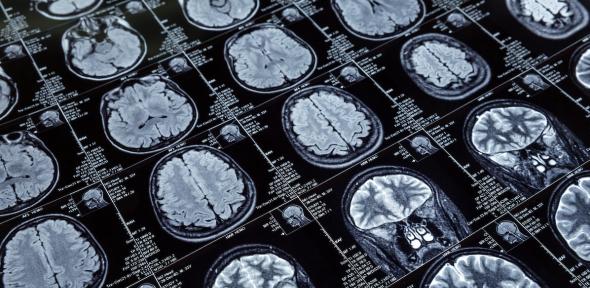
Submitted by Anonymous on Thu, 11/09/2025 - 09:16
Study synthesises global data from 32 population-based studies.
A new open-access study in JAMA Neurology, co-authored by Professor Carol Brayne, Cambridge Public Health, provides the most comprehensive pooled estimates to date of the incidence and prevalence of frontotemporal dementia (FTD) and its clinical variants.
Drawing on 32 population-based studies from more than 12 world regions, the systematic review and meta-analysis synthesised data spanning 31 million person-years for incidence and 6 million individuals for prevalence.
What is frontotemporal dementia?
FTD is a group of brain disorders that cause a gradual decline in behaviour and language. It mainly affects the frontal and temporal lobes, which are involved in personality, decision-making, social behaviour, and communication. People with FTD may first experience changes in their personality, difficulties with judgment, or problems with language. It is one of the leading causes of dementia in people under 65, although the study shows that it also becomes more common with increasing age.
Key findings
- Incidence (new cases): 2.28 per 100,000 person-years (95% CI 1.55–3.36)
- Prevalence (people living with FTD): 9.17 per 100,000 (95% CI 3.59–23.42)
- Under 65s: incidence 1.84 and prevalence 7.47 per 100,000
- FTD is found to occur at rates comparable to dementia with Lewy bodies and higher than progressive supranuclear palsy, corticobasal syndrome, and amyotrophic lateral sclerosis.
The study concludes that these pooled estimates of FTD offer a foundation for future research and public health planning. Although FTD remains a relatively rare condition, its estimated frequency now exceeds that of several other well-recognised neurological diseases. The authors call for expanded research to include underrepresented populations, to improve global understanding of FTD and to support the development of effective prevention and treatment strategies.
The full study is available in JAMA Neurology: https://jamanetwork.com/journals/jamaneurology/fullarticle/2838666

